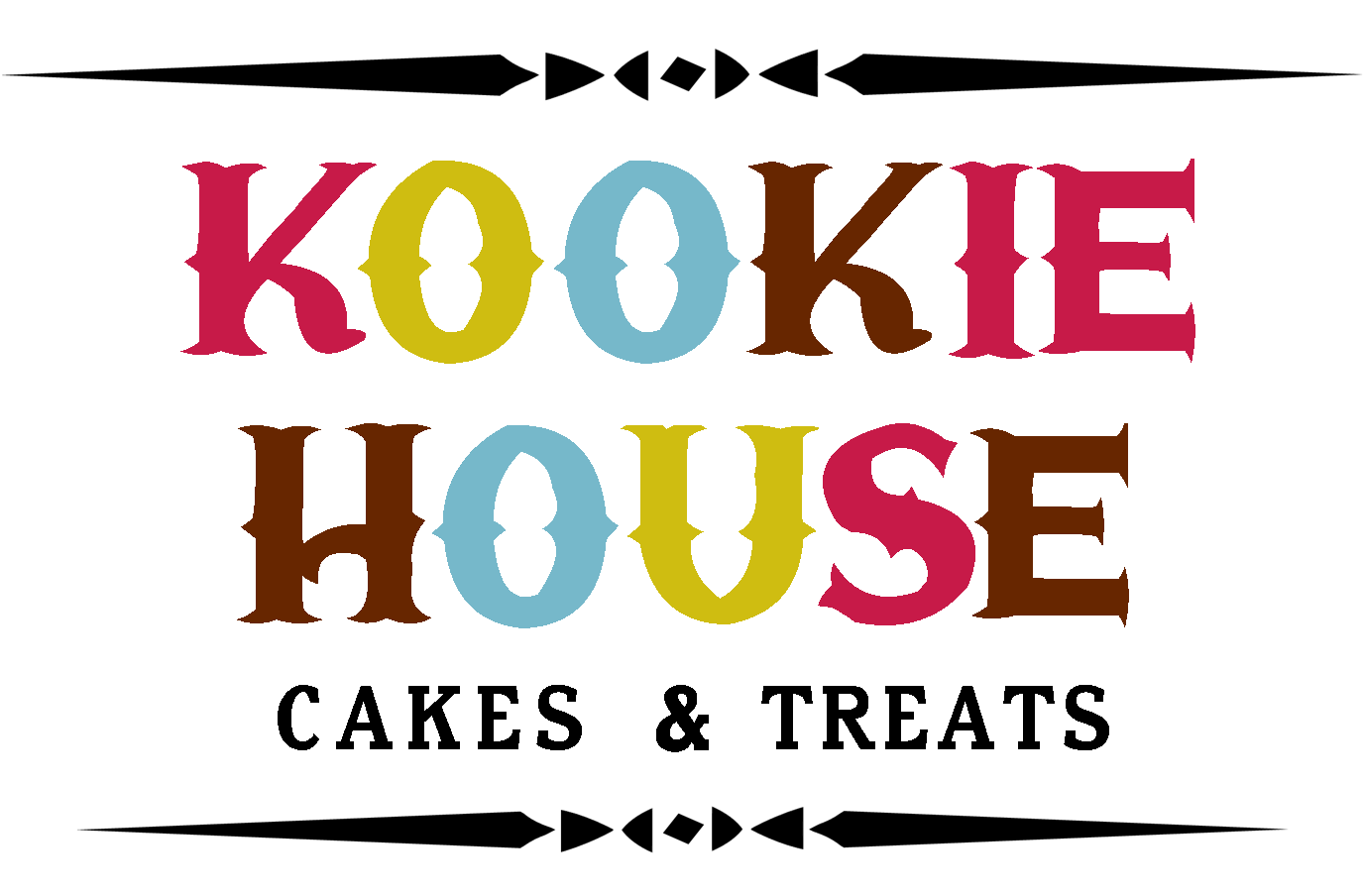Happy Birthday to me!
I visited my mom and sister recently back home in Michigan and mom made for me my favorite birthday cake she used to make when I was little: wacky cake.
Wacky cake is apparently a recipe created in the 40s when home bakers were rationing on account of World War II. It requires no eggs, no butter, and no milk. It's "wacky" because the recipe traditionally calls for you to make three wells in the dry mix--one for vanilla extract, one for oil, and the last for vinegar. Then you cover the whole thing with water, stir with a fork, and bake.
Now, to be honest there's no real science behind this method, it seems to me just a clever way to make a recipe memorable. It really makes no difference to the outcome of the cake if you make the three little wells or not, as wacky-cake pros like my mom know.
Essentially, this is a great vegan cake, and with this inspiration in mind, I created a recipe for a very similar chocolate vegan cake. It's extremely soft, with a loose, wiggly crumb and incredible lightness. I like this even better than non-vegan chocolate cake, plus it brings back memories of home.
yes I am eating it with my hands
Now, the fact that wacky cake is usually baked as a sheet cake tells you something. This cake is SO tender that it is hard to work with...it's a terrible candidate for carving, and is so delicate it is hard to slice and tort, or even move the layers around unless you are very deft with cake-moving. I recommend baking this cake, too, in a 8x8 pan or as cupcakes. It doesn't have much structure because of the low protein content in this recipe. This recipe can easily be doubled for a 9x13 or similar larger pan.
painting with buttercream!
Of course, thinking about what can be done with a sheet cake without having to carve it or slice it, I thought about a painting. I created this Spring-inspired "oil" painting using vegan margarine-based buttercream and created a fondant frame for it out of a mold I made from a fantastic old framed mirror in my bedroom.
I painted the frame with edible gold coloring and dusted it with cocoa powder to antique it slightly.
most of the frame was held up with rolled foil (you can see it in this pic) since I didn't want to waste a ton of fondant
I altered the basic wacky cake recipe to boost flavor and add richness. I promise the addition of coffee will not impart any coffee flavor to the cake, just deepen the chocolate taste (trust me, I'm not a big coffee fan so I wouldn't do this if the coffee flavor was detectable). Starbucks (and lots of other retailers) now make fantastic microground instant coffee that is miles away from those horrible crystals your parents used to drink--these are perfect for this recipe. Any cocoa powder will do--my favorite grocery store cocoa powder is Hershey's Special Dark, but feel free to use your fancy high quality cocoa powder if you have it. Dutch-process cocoa is better in this recipe than natural cocoa because it will make a richer, darker cake and the acidity of natural cocoa is not needed since we have plenty of other acidic ingredients here, but natural (such as regular Hershey's cocoa powder) will substitute ok.
Bonus: all you need for this recipe is a whisk!
Vegan Chocolate Cake
1 c. unsweetened soy or nut milk of your choice
1 packet microground instant coffee or espresso (to make one cup)
1 tsp. apple cider vinegar
3/4 c. (160 g.) sugar
1/2 tsp. salt
1/3 c. vegetable or canola oil
1 tsp. vanilla extract
1 c. (133 g.) all-purpose flour
1/3 c. (34 g.) Dutched cocoa powder (Hershey’s Special Dark or KAF Black Cocoa work great)
3/4 tsp. (4 g.) baking soda
1/2 tsp. (2 g.) baking powder
Preheat oven to 350 degrees F and lightly grease and flour 8x8 baking pan or line cupcake pan with liners. Heat nondairy milk until warm in microwave; stir in coffee powder until dissolved. Add vinegar and set aside. Whisk flour, cocoa, baking soda, and baking powder in a small bowl until thoroughly mixed. In a larger bowl, combine milk mixture with sugar, oil, vanilla, and salt, and whisk until lightly frothy. Add dry mixture in two batches, and whisk. Mixture can have small lumps. Pour into prepared pans and bake for about 18-22 minutes or until center is set. Allow to cool completely before icing with your favorite frosting.
art saved my life. thanks for another year!




















